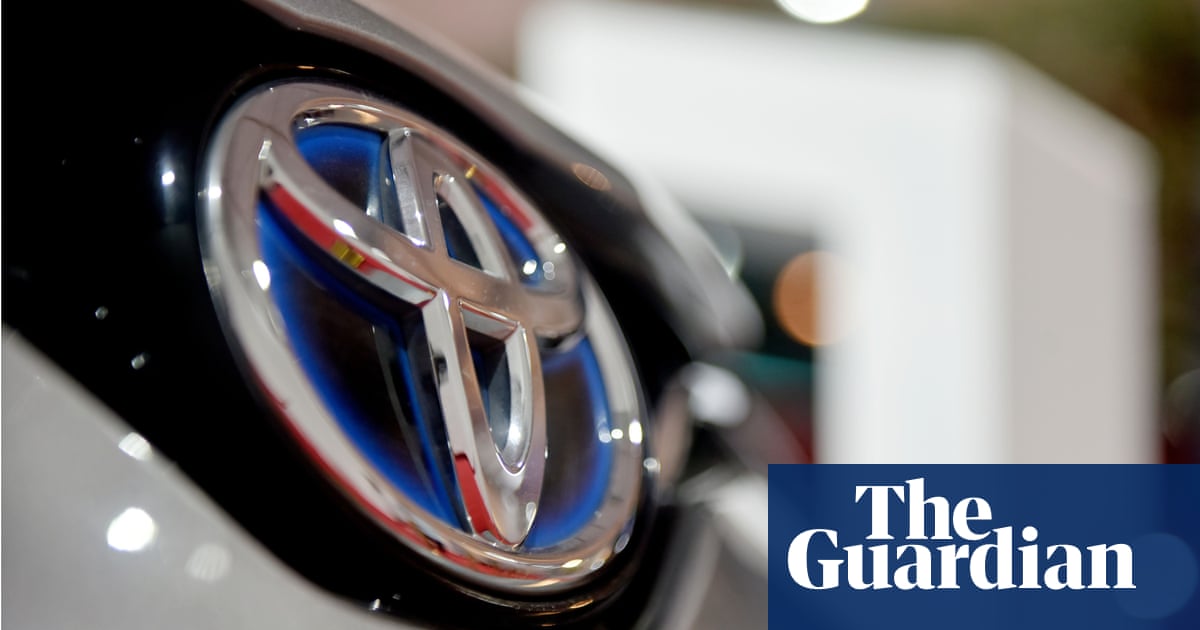- cross-posted to:
- technology@lemmy.ml
- cross-posted to:
- technology@lemmy.ml
Japanese firm believes it could make a solid-state battery with a range of 745 miles that charges in 10 minutes
Yeah, chuck in on the pile of “battery innovations” that get announced but never come out. It’s a large pile.
Hydrogen is the future.
Why do you feel hydrogen is the future?
From my understanding, it’s more of a fuel than a storage medium so they kind of play different roles. On top of that, I thought it’s currently pretty difficult to store outside of pretty extreme conditions and the best way to create it at the moment is by burning fossil fuels (natural gas).
I’m not an expert, so let me know if I got any of that wrong!
TL;DR: You’re correct, in my professional opinion.
The catalyst in most hydrogen fuel cells are still too expensive and have a limited life. Hydrogen will mostly be sourced as a waste product from oil and gas extraction (though it could be done with clean electricity and electrolysis), that’s why oil and gas companies are becoming so interested in pushing hydrogen (see the successful “clean” natural gas campaigns, but depending on how you measure it natural gas can result in more emissions than coal and is just a bunch of greenwashing. Same would happen with hydrogen in my opinion). Additionally, we’d have to build out an entire hydrogen delivery infrastructure that serves only that purpose. We’ll just end up with commercial fuel stations like we have now. Fuel cells (for many fuels) can make sense in very remote applications, or industrial applications where specific waste gasses can be turned into supplemental electricity right on site.
Battery-electric on the other hand is much more flexible and fits into our existing infrastructure better. It’s not just power dense batteries for cars; it’s (maybe gravity) batteries for communities, safe and long-lived (maybe salt) batteries for homes, better batteries for our electronics. Research in one area can support improvement of the others. They all connect to the same electricity grid so the energy can be shared among applications. Batteries play a role in decentralizing and democratizing energy (today you can put PV on your house, charge your car or home battery, use your car to power your house in a power outage, etc). As mentioned we can use greener and cleaner batteries (even completely non-chemical) in some applications, and one day we can hopefully get to the point of using ultra- or super-capacitors in place of high-density chemical batteries. In the mean time we have batteries that work and are getting quite affordable, we can transition to this solution now without waiting for a miracle breakthrough, then continue to iterate the technology over time.
They have been “claiming”/ “announcing” this breakthrough since 2017 repeatedly. They STILL haven’t figured out how to mass produce it affordably to making it meaningful. They keep pushing out the date for when it will arrive for many years now.

Oh fuck off with that charging times.
Assuming this battery will be 150kwh (which is a conservative estimate for such a range)
Let’s ignore even heat loss So you need to 150kwh in 10 minutes, wish equals to 900kw of immediate charging speed.
Now imagine 20 of those power inputs connecting/disconnecting on a local power management substation.
Not fucking gonna happen.
last year it recalled 2,700 of its first electric vehicles because of concerns the wheels could fall off.
I set up the production line for this hub unit. This news has been really annoying because it meant we had to scramble to install a bolt press machine on this line.
It sounds like you’re implying you wouldn’t have had to install it without this news breaking. Is that the case? I’m curious about this topic if you care to elaborate. What is a bolt press machine? How has this news affected you?
A bolt press is what it sounds like. It presses the studs into the hub unit (idk why we call studs bolts). I think we, as a company, knew about it before the news broke. We had to re-configure the line to add a machine that wasn’t there originally and now we need to changeover between the bolt-type and bolt-less. This changeover is more involved than you might think since some of the components were redesigned for the bolt-type, necessitating some new tooling.
The important question is what is so wrong with the now countless existing 200/300 mile evs that charge in less than 30 minutes?
300 miles isn’t enough distance for a day of travel and lots of places don’t have charger availability still. What’s wrong with approaching parity in user experience to gasoline vehicles? It will only accelerate their use, and 700 miles in winter is going to be only maybe 300 miles.
I’ve got the 2021 Kona EV and while you do lose range in the winter, it’s more like 100km/450km. That’s with intense grip heavy winter tires and the heater running. In Ontario, so regularly ran it with -35c temps. It’s cold and you lose some range, but not 400miles out of a 700mile range
In general Li ion batteries lose about 40% charge efficiency in normal cold weather. It’s up to the car’s systems to keep the batteries heated to reduce that, at the cost of constant power draw. In our experience with similar weather it’s not far off, and for safety reasons we just assume half the battery is lost during winter driving. Mountains add into that, but aren’t ultimately super extreme.



